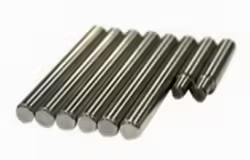
Avoid Failure: AISI 1020 Steel Yield Strength Insights
Table of Contents
Introduction
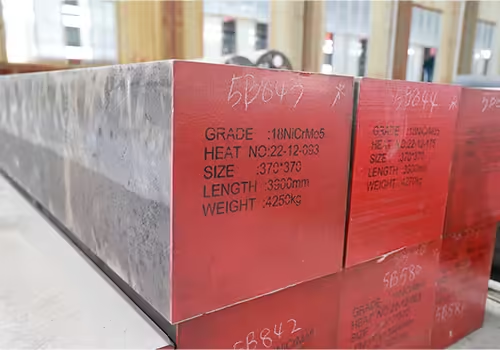
In the world of structural materials and manufacturing, understanding the mechanical properties of a material can be the difference between a long-lasting solution and a catastrophic failure. One such critical property is AISI 1020 steel yield strength. For industries that rely on predictable performance under stress—like construction, automotive, and heavy machinery—knowing exactly how much load a material can bear before permanent deformation is key.
AISI 1020 steel is a commonly used low-carbon steel that is appreciated for its good weldability, machinability, and balanced mechanical properties. However, misconceptions or a lack of detailed understanding of its yield strength can lead to improper application, structural issues, and financial loss.
This blog will provide comprehensive insights into AISI 1020 steel yield strength, factors that affect it, real-world applications, and practical guidance on selecting the right steel grade for your needs. As a leading steel manufacturer, Henan Jiyuan Iron & Steel (Group) Co., Ltd. leverages decades of expertise and innovation to provide high-quality steel, including various grades of carbon steel such as AISI 1020.
Understanding AISI 1020 Steel and Its Mechanical Properties
AISI 1020 steel is a low carbon steel grade that contains approximately 0.20% carbon content, making it softer and more ductile than higher-carbon steels. It is often chosen for applications where strength, ease of fabrication, and affordability are important.
Key Characteristics of AISI 1020 Steel:
- Carbon Content: ~0.18%–0.23%
- Manganese Content: ~0.30%–0.60%
- Excellent Weldability and Formability
- Moderate Strength and Toughness
Yield strength refers to the stress at which a material begins to deform plastically. Below this point, the material will return to its original shape once the stress is removed. Beyond it, permanent deformation occurs.
Typical Yield Strength for AISI 1020 Steel:
- Yield Strength (Hot Rolled): ~350 MPa (51 ksi)
- Yield Strength (Cold Drawn): ~420 MPa (61 ksi)
These values may vary slightly depending on the form (bar, plate, rod), treatment process, and specific standards.
Factors That Influence AISI 1020 Steel Yield Strength
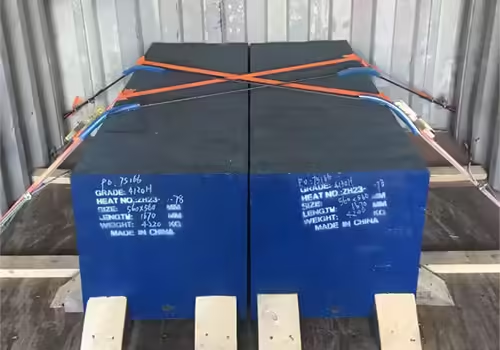
Yield strength for aisi 1020 steel is not a static property. It fluctuates based on metallurgical and processing variables. Below are the primary factors:
1. Heat Treatment
Heat treatment is one of the most powerful levers to adjust aisi 1020 steel yield strength. Typical processes include:
- Quenching & Tempering: Can push yield strength up to 550 MPa by creating a martensitic matrix with tempered balance.
- Annealing: Softens the steel, lowering yield strength to around 290 MPa, while improving ductility.
- Normalizing: Refines grain structure, achieving yield values near 400 MPa and enhancing toughness.
2. Cold Working
Cold drawing or rolling increases dislocation density within the metal’s microstructure, raising yield strength—often into the 420 MPa range for aisi 1020 steel yield strength—at the expense of some ductility.
3. Alloying Elements
Finer grain sizes, achieved through controlled cooling rates and alloying, result in higher yield stress via the Hall-Petch relationship. Optimal submicron grain structures can boost aisi 1020 steel yield strength by 10%–15% compared to coarse-grained variants.
4. Product Form
Minor variations in manganese, silicon, phosphorus, and sulfur—though present in low concentrations—can impact the yield point:
- Phosphorus/Sulfur: Should be minimized to prevent brittleness and inconsistent yielding behavior.
- Manganese: Improves hardenability, thus increasing yield strength.
- Silicon: Enhances strength but may reduce ductility if excessive.
5. Manufacturing Standards
The cross-sectional shape and surface finish of bars, rods, tubes, and plates influence the stress distribution under load. For instance, a rough surface geometry can concentrate stress and lower the effective aisi 1020 steel yield strength in service.
6. Adherence to Manufacturing Standards
Compliance with ASTM A29, JIS G4051, or EN 10083 ensures that specified yield strength values for aisi 1020 steel hold true. Deviations or lack of certification can introduce up to 10% variance in guaranteed yield performance.
AISI 1020 Steel Yield Strength Comparison Table
Here is a quick comparison of the yield strength of AISI 1020 steel in different conditions and forms:
| Form/Condition | Yield Strength (MPa) | Yield Strength (ksi) | Notes |
|---|---|---|---|
| Hot Rolled | ~350 | ~51 | As-rolled condition |
| Cold Drawn | ~420 | ~61 | Increased strength due to cold work |
| Annealed | ~290 | ~42 | Reduced strength, improved ductility |
| Normalized | ~400 | ~58 | Improved strength & toughness |
| Quenched & Tempered | ~450–550 | ~65–80 | Depending on quench/temper cycles |
Real-World Applications and Design Implications
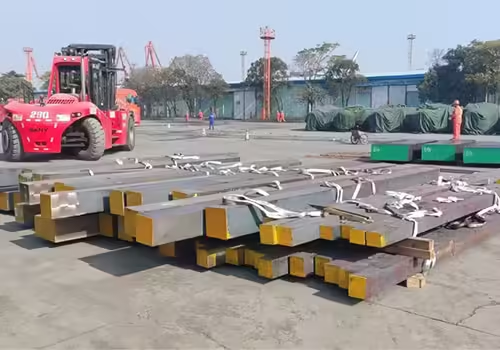
Correctly applying AISI 1020 steel yield strength data in design is crucial for ensuring that the final product is safe, efficient, and durable. Understanding how different forms of AISI 1020 steel behave under stress is essential for achieving optimal performance across various industries. By selecting the correct yield strength for specific applications, manufacturers can avoid material failure, reduce costs, and ensure the longevity of their products. Below are critical use cases that highlight the importance of selecting the appropriate yield strength in AISI 1020 steel.
1. Automotive Components
In drivetrain components, maintaining yield strength above 350 MPa prevents permanent deformation under dynamic loads. Cold drawn aisi 1020 steel yield strength variants are preferred for precision shafts.
2. Structural Supports
Structural supports require predictable yield points. Hot rolled bars with known yield values around 350 MPa deliver cost-effective solutions while ensuring load-bearing capacity.
3. Industrial Machinery
Machine parts that face cyclic loading, such as cams or gears, benefit from normalized aisi 1020 steel yield strength (~400 MPa) to balance fatigue resistance and toughness.
4. Pipeline and Tubing
Pipes and tubes made from aisi 1020 steel must meet minimum yield standards to resist internal pressure. Typical yield strength requirements fall between 350–420 MPa depending on design pressure.
5. Fasteners and Bolts
Bolts manufactured from cold drawn aisi 1020 steel with yield strengths above 400 MPa ensure high clamping forces in assemblies.
6. Agricultural Equipment
Components such as plowshares and tines use quenched and tempered aisi 1020 steel yield strength variants (450–550 MPa) for improved wear resistance.
Advantages of Choosing AISI 1020 Steel with the Right Yield Strength
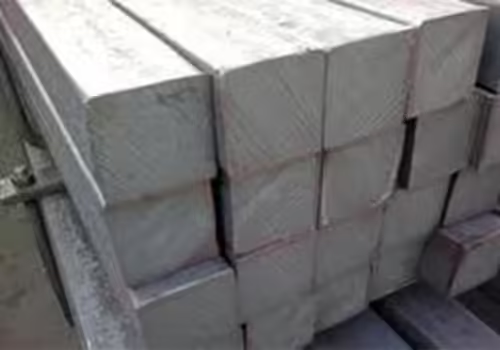
Selecting AISI 1020 steel with the right yield strength tailored to your application can bring several significant advantages. These benefits are essential for both performance and cost-effectiveness, ensuring that your products perform optimally while maintaining long-term durability and safety. Below are some of the key advantages:
- Enhanced Safety: Avoid structural failure under operational loads.
- Longer Service Life: Reduce wear and tear and the need for frequent replacements.
- Cost Optimization: Choose the most cost-effective grade and form without overengineering.
- Compliance: Meet international and industry-specific regulatory standards.
As one of China’s largest and most trusted steel producers, Henan Jiyuan Iron & Steel (Group) Co., Ltd. takes pride in producing high-quality AISI 1020 steel that meets rigorous international standards. With an emphasis on advanced technology and continuous innovation, the company ensures that every batch of AISI 1020 steel undergoes thorough testing and quality assurance procedures.
This commitment to excellence means that all products are manufactured to exact specifications, offering not only the right AISI 1020 steel yield strength but also ensuring consistency and reliability across all product ranges. Whether you’re in the automotive, construction, or industrial machinery sectors, Henan Jiyuan Iron & Steel guarantees steel products that meet your needs for strength, durability, and cost-effectiveness.
Conclusion
Understanding aisi 1020 steel yield strength is critical to ensuring that you select the right material for your engineering and manufacturing applications. Yield strength is not just a number—it’s a measure of the safety and reliability of your entire system.
With a wide variety of treatment methods and forms available, it’s essential to match your needs with the right version of AISI 1020 steel. Whether you require hot rolled, cold drawn, or heat-treated material, Henan Jiyuan Iron & Steel (Group) Co., Ltd. can deliver high-performance steel solutions to meet your exact specifications.
FAQ
What is the average yield strength of AISI 1020 steel?
The average yield strength is about 350 MPa for hot rolled and 420 MPa for cold drawn forms. However, this can vary depending on processing.
Is AISI 1020 good for high-load applications?
Yes, particularly in cold drawn or heat-treated conditions. It’s suitable for applications requiring moderate strength and high formability.
How does AISI 1020 compare with AISI 1045?
AISI 1045 has higher carbon content and higher yield strength than AISI 1020, but it’s less ductile and harder to weld.
Can AISI 1020 steel be heat-treated to increase yield strength?
Yes, normalizing, quenching, and tempering can increase yield strength significantly.
Where can I purchase high-quality AISI 1020 steel?
You can source premium-grade AISI 1020 steel from Henan Jiyuan Iron & Steel (Group) Co., Ltd., a top-tier Chinese steel manufacturer with over 60 years of experience.

